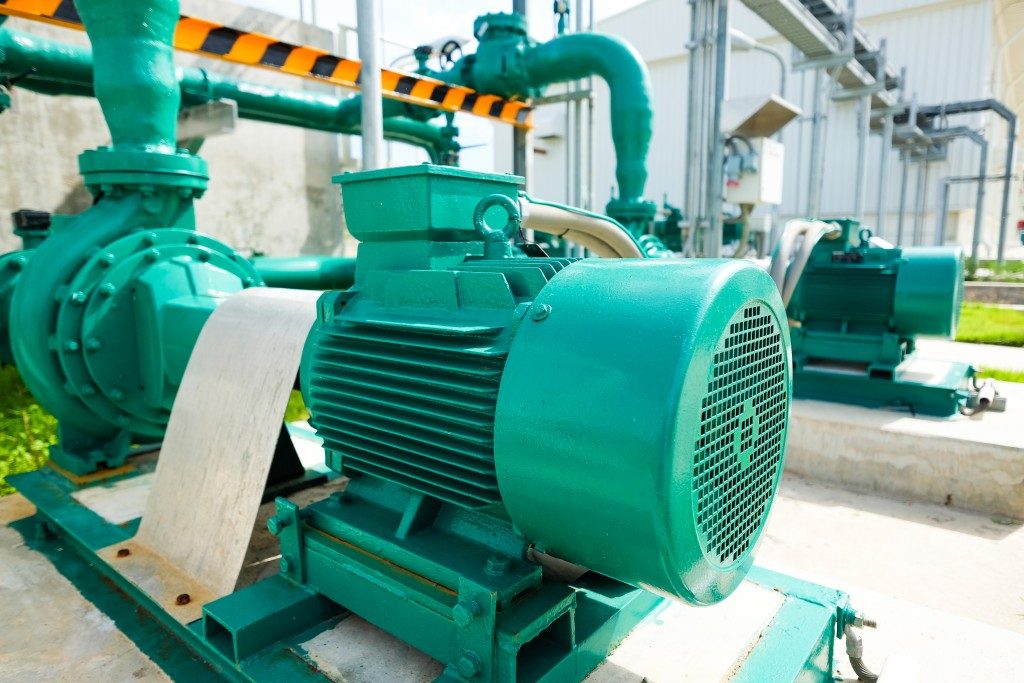
Most people working in the HVAC industry have probably heard of a centrifugal pump, one of the most widely used methods for cooling. Similar to its name, centrifugal pumps use centrifugal force by spinning to push liquid out. A rotating blade in a fluid-filled chamber causes the fluid to be pushed out. It is important to keep centrifugal pumps in working condition as one of them giving away could bring the whole cooling process to a standstill. In Australia, centrifugal pumps are used for HVAC systems as well as sewage management. As these pumps are constantly in motion, they are also most likely to experience wear and tear. There are ways you can keep your functional centrifugal pumps in good condition:
1. Regular inspections are necessary.
There are many different makes of centrifugal pumps, and each of them has different parts and mechanisms. It is important that you read the manual and are familiar with the way they are supposed to operate. You need to monitor your pump closely, and only by familiarising yourself with the make will you be able to spot some problems as soon as they arise.
2. Make sure that everyone is aware when maintenance is in progress.
Before you start taking your centrifugal pump apart, make sure that everyone involved in the industrial process is aware that maintenance work is taking place. Place signs on the pump operation switchboard to let everyone know not to turn it on, as this can be unsafe. Slowly take the pump apart, component by component, and wait for it to drain before proceeding with inspection.
3. Watch out for signs of pump disrepair.
Next, check each part of the pump for signs of wear and tear. This includes all the internal components such as the impeller and pump shaft. Make a list of all parts that need to be repaired or replaced.
4. Know what to look out for.
Before you can get down to the maintenance and repair part, you need to know which signs of damage to look out for. Signs that your centrifugal pumps are not functioning at 100% include low water flow, water leaking out of the pump, unusual noises such as vibrations or hums, and shoddy fixes that look like they are about to fall apart.
5. Make necessary fixes to damaged parts.

Make sure that the necessary fixes are made properly. If you are going to repair your pump instead of replacing it, importance needs to be placed on the type of material used for repair. If using putty, it needs to be fully waterproof to prevent accidents. Follow the manual closely and use it as a checklist for every single part. As you go on, tick off all the parts that have been cleaned or serviced.
If this is the first time you are going to deal with centrifugal pumps, it may seem bewildering to you. But getting familiarised with the technology will reveal that it is quite simple and easy to repair and maintain.

